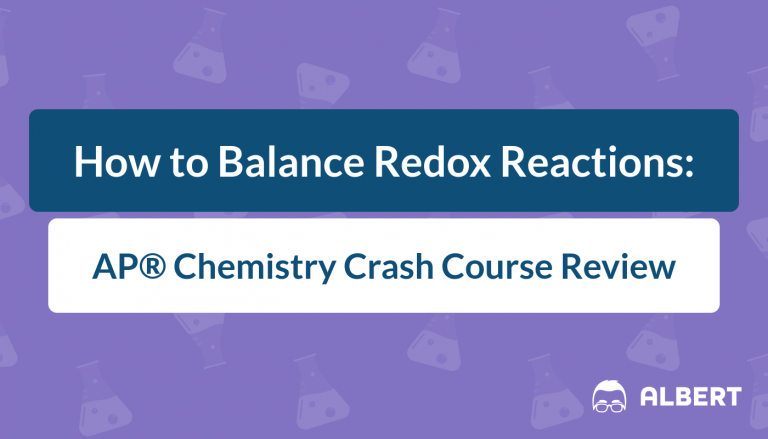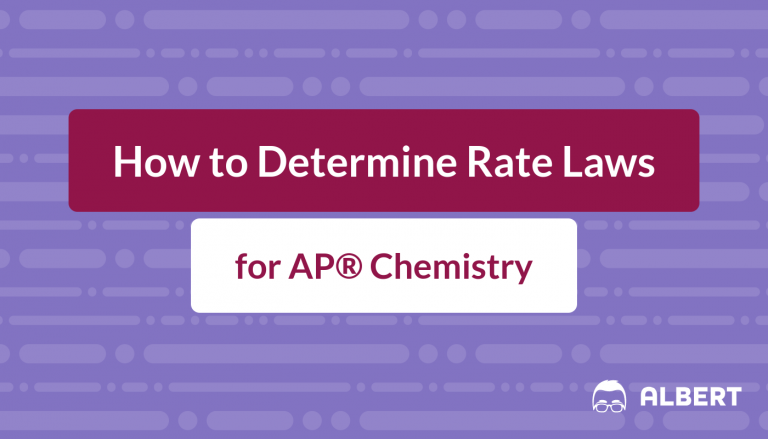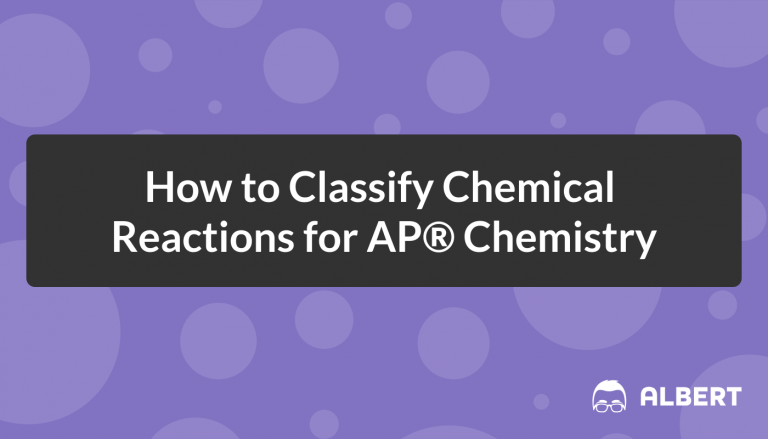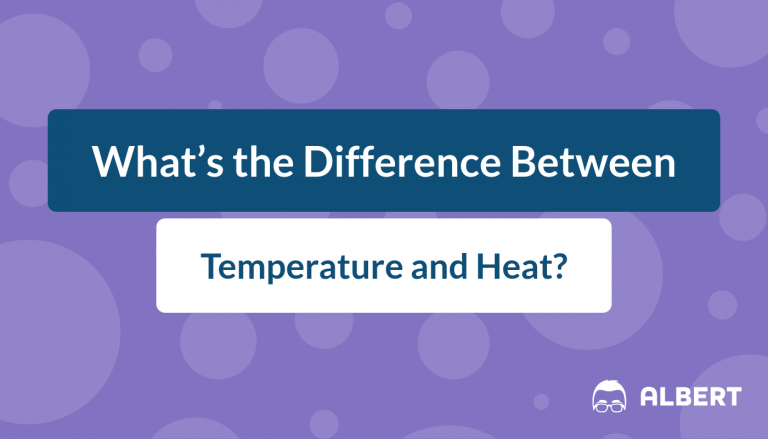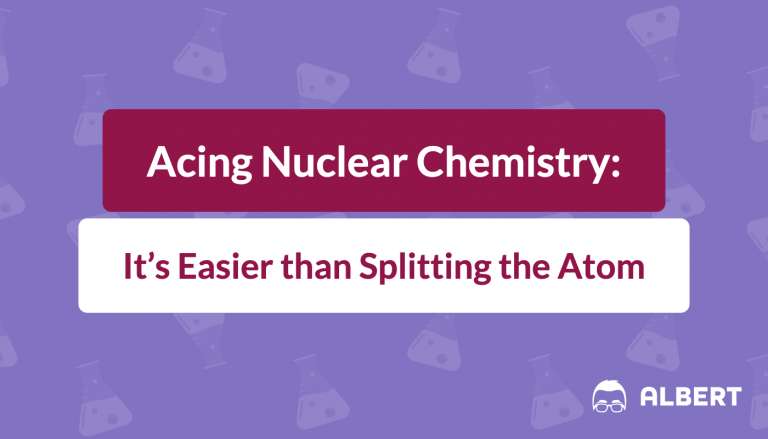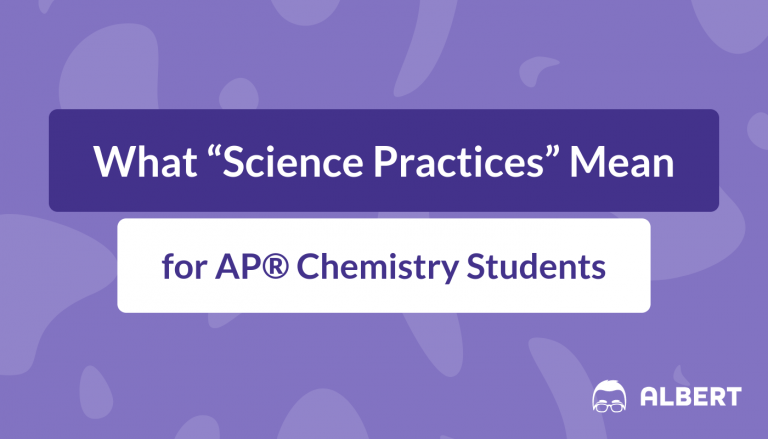In 2013, with the introduction of a new exam, the AP® Chemistry community was tossed in a new direction (or so it would seem). Content standards were replaced with Big Ideas, Enduring Understandings, Essential Knowledge and Learning Objectives. The committee of college professors, secondary teachers, and College Board elite sacrificed breadth for depth and away went such topics as Molecular Orbital Theory and Colligative Properties. While topics such as organic chemistry are not explicitly named, their compounds and names continue to show up in questions related to bonding theory and hybridization. With all these changes at work, we suddenly saw the introduction of “Science Practices”, but what exactly are they? In short, “Science Practices” refers to lab experiments and the need to expose our AP® Chemistry students to them.
